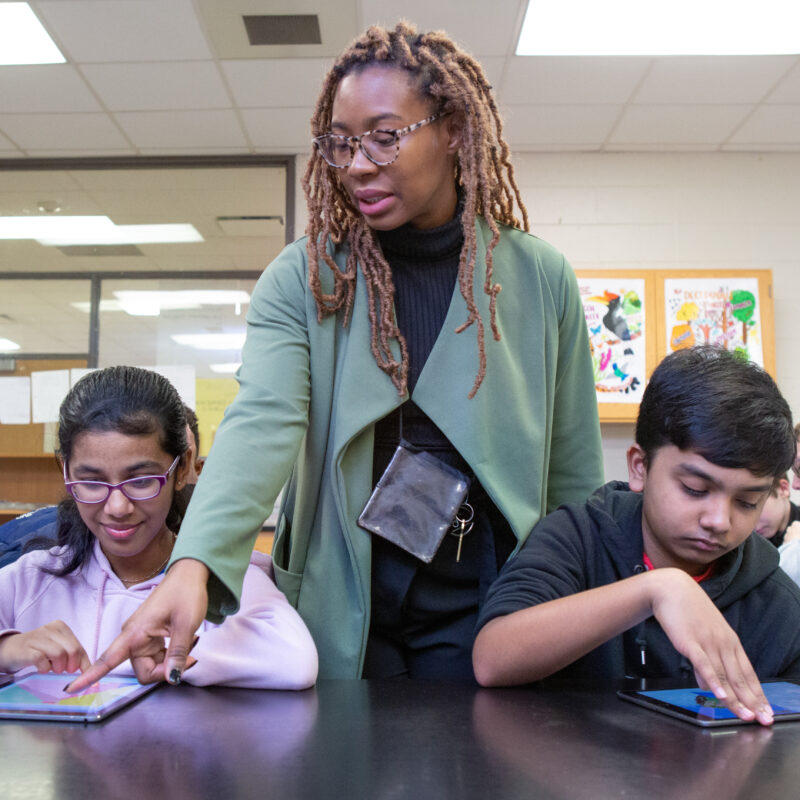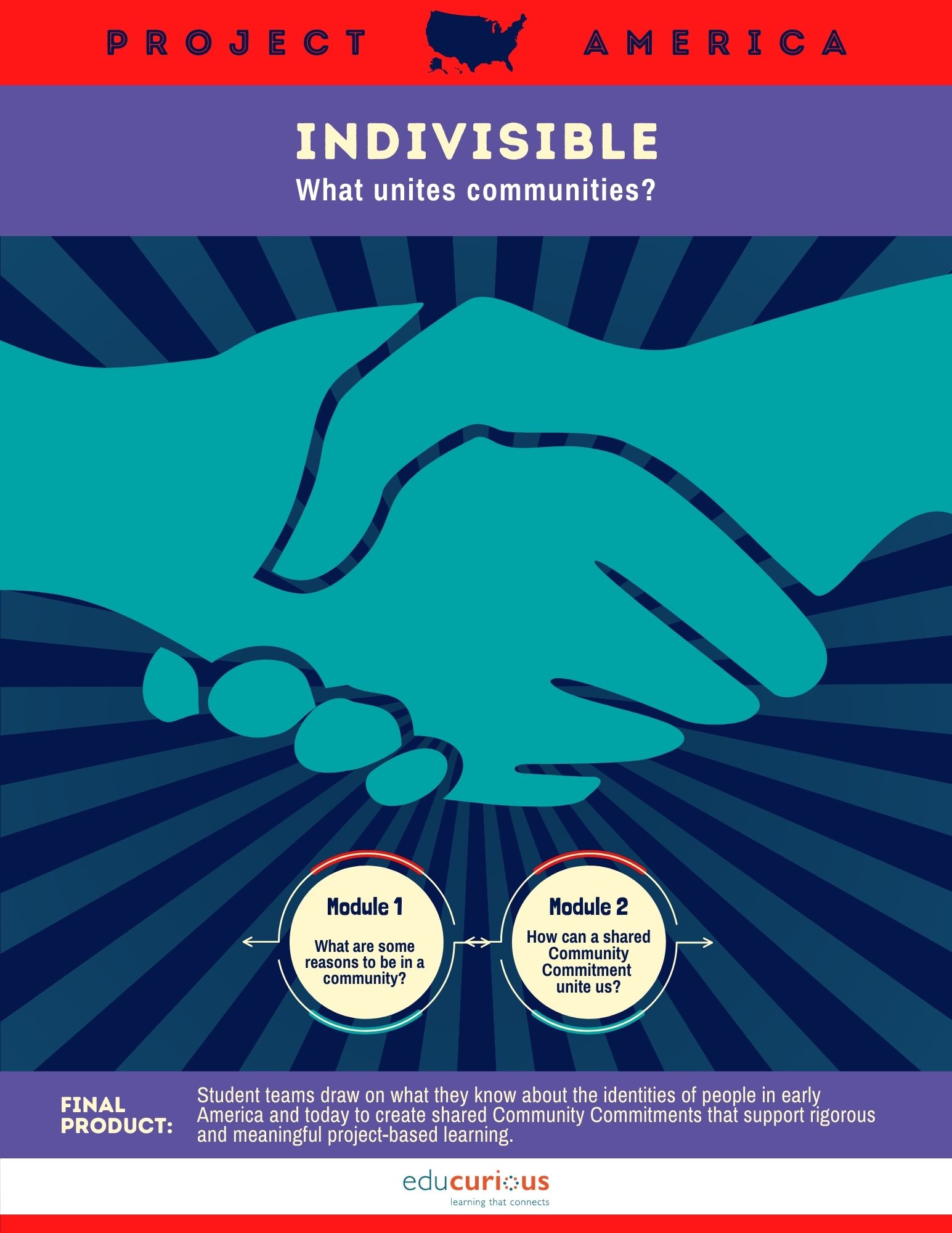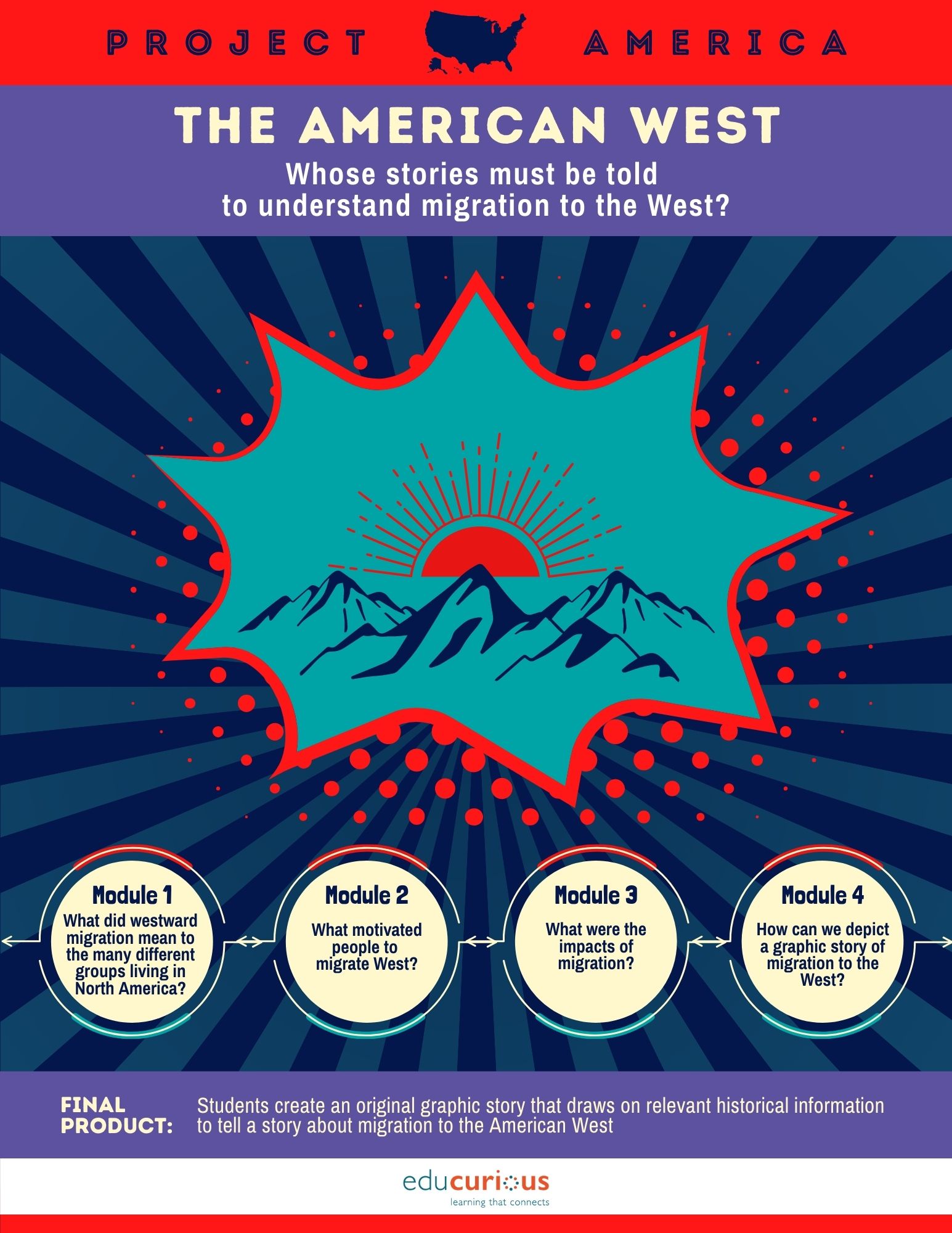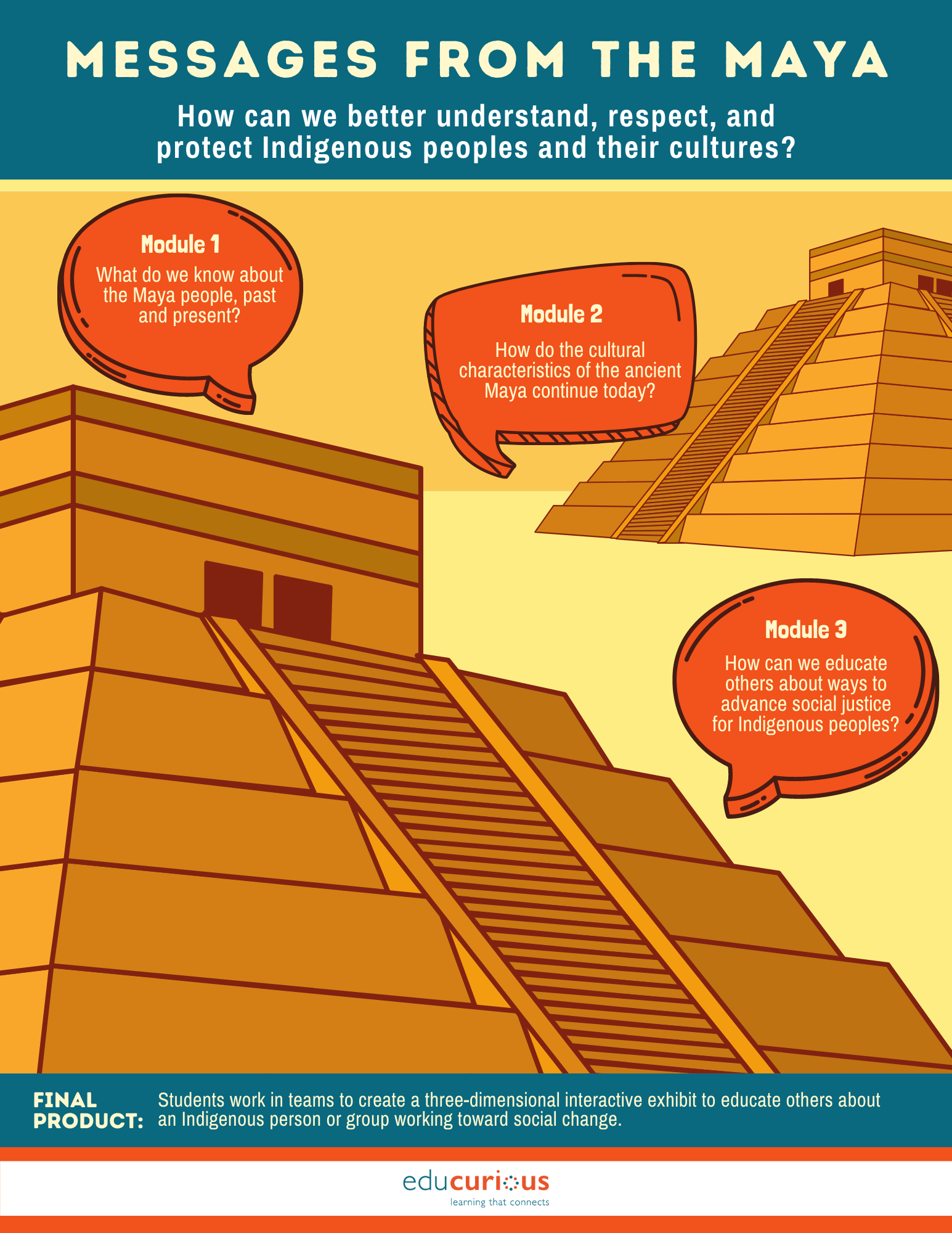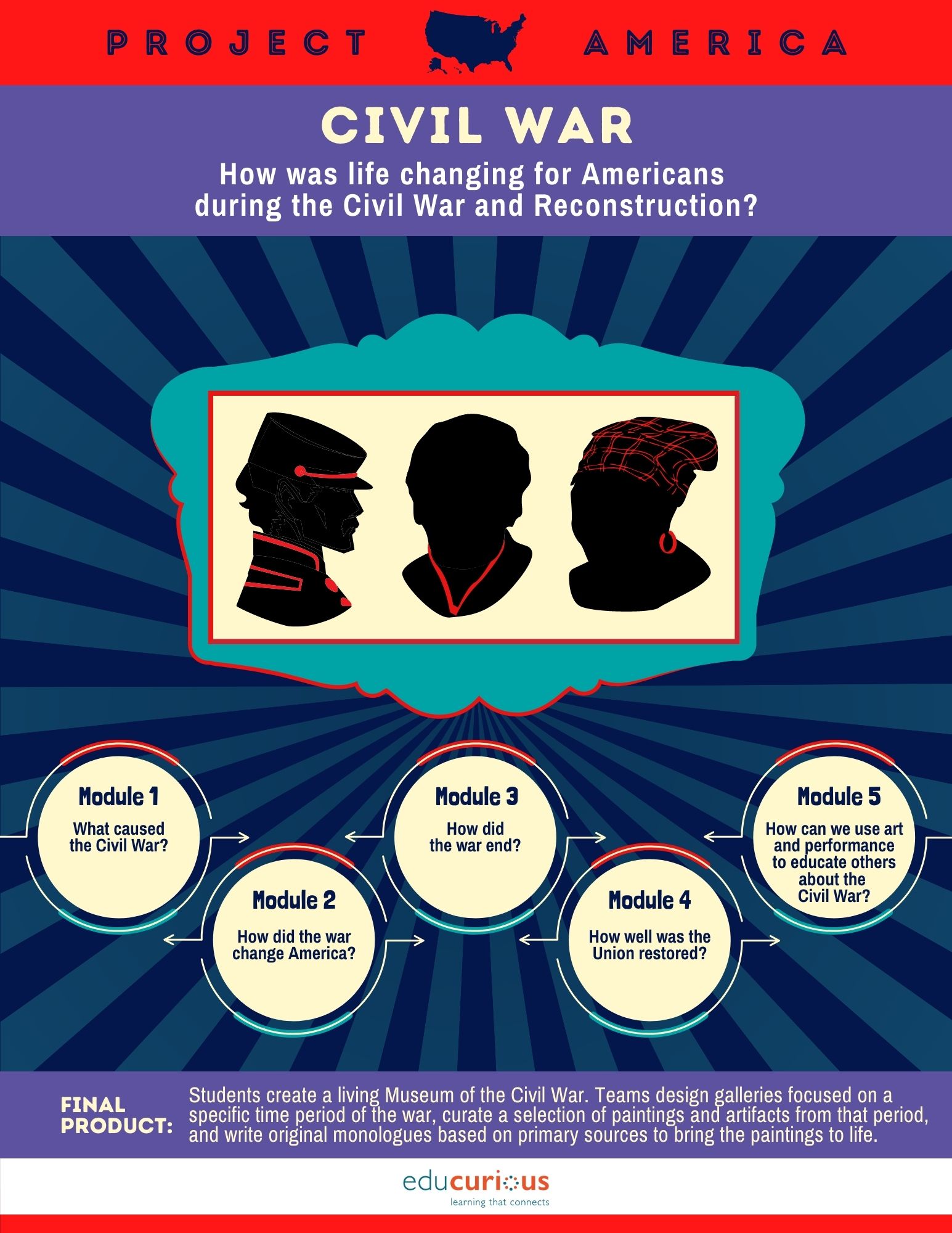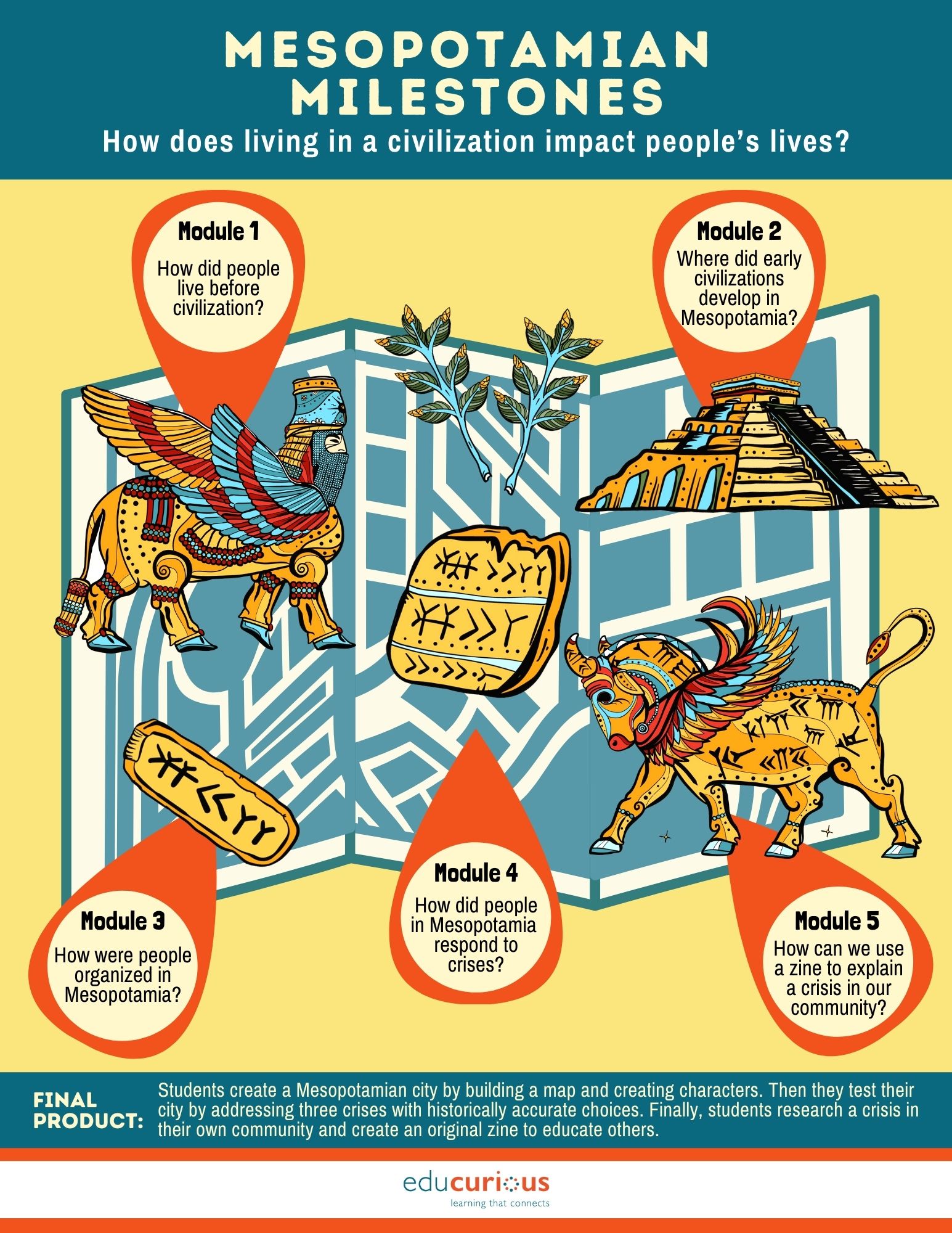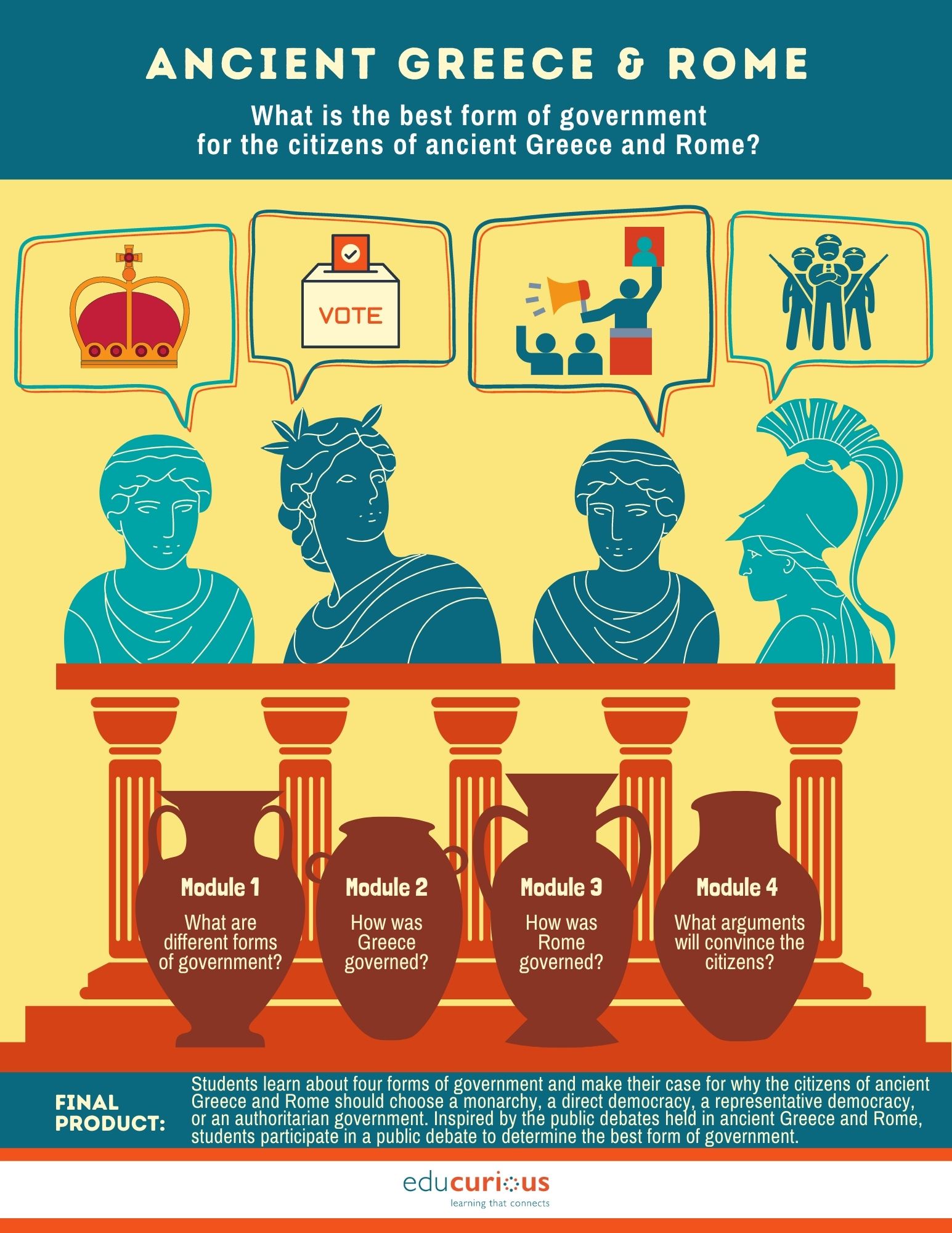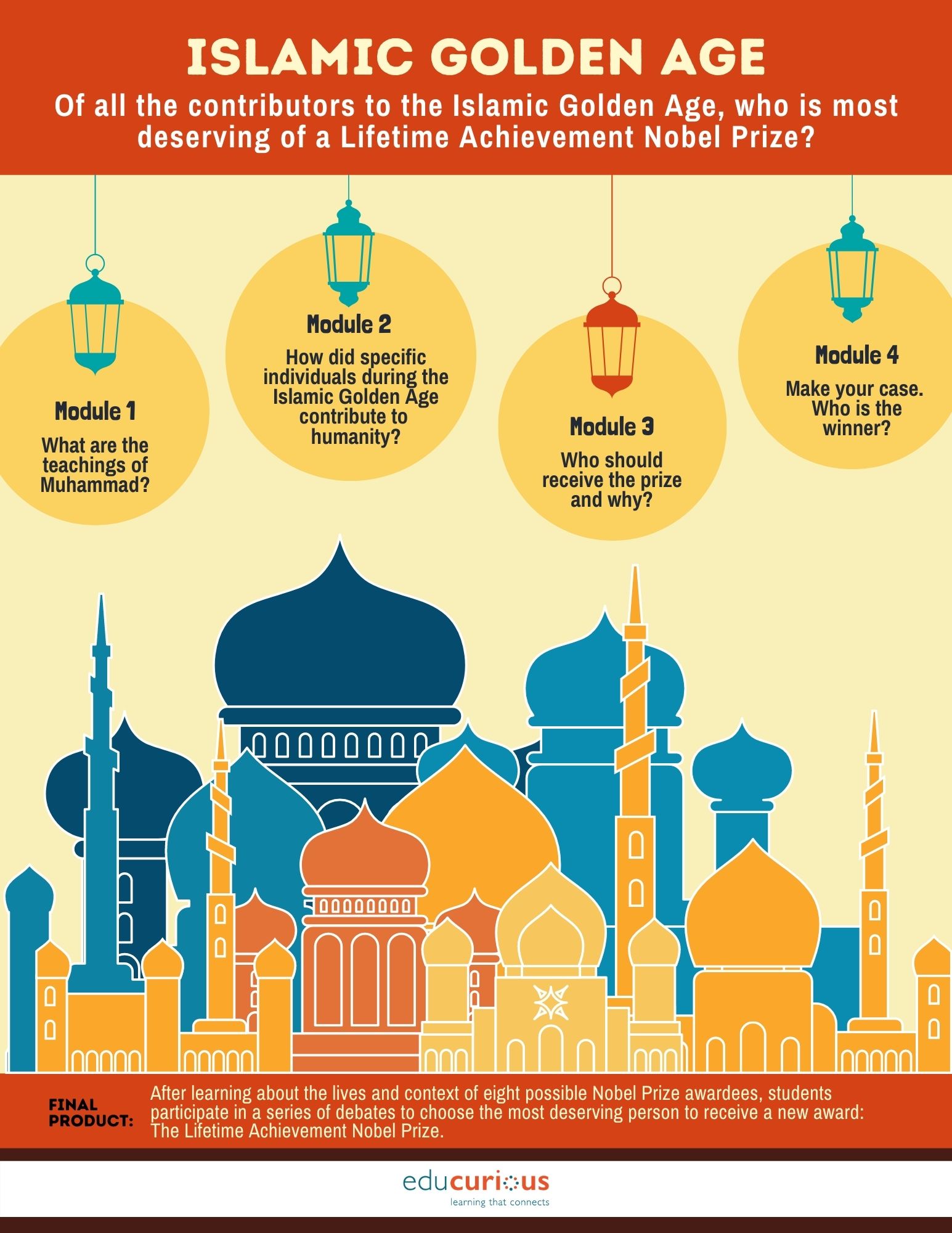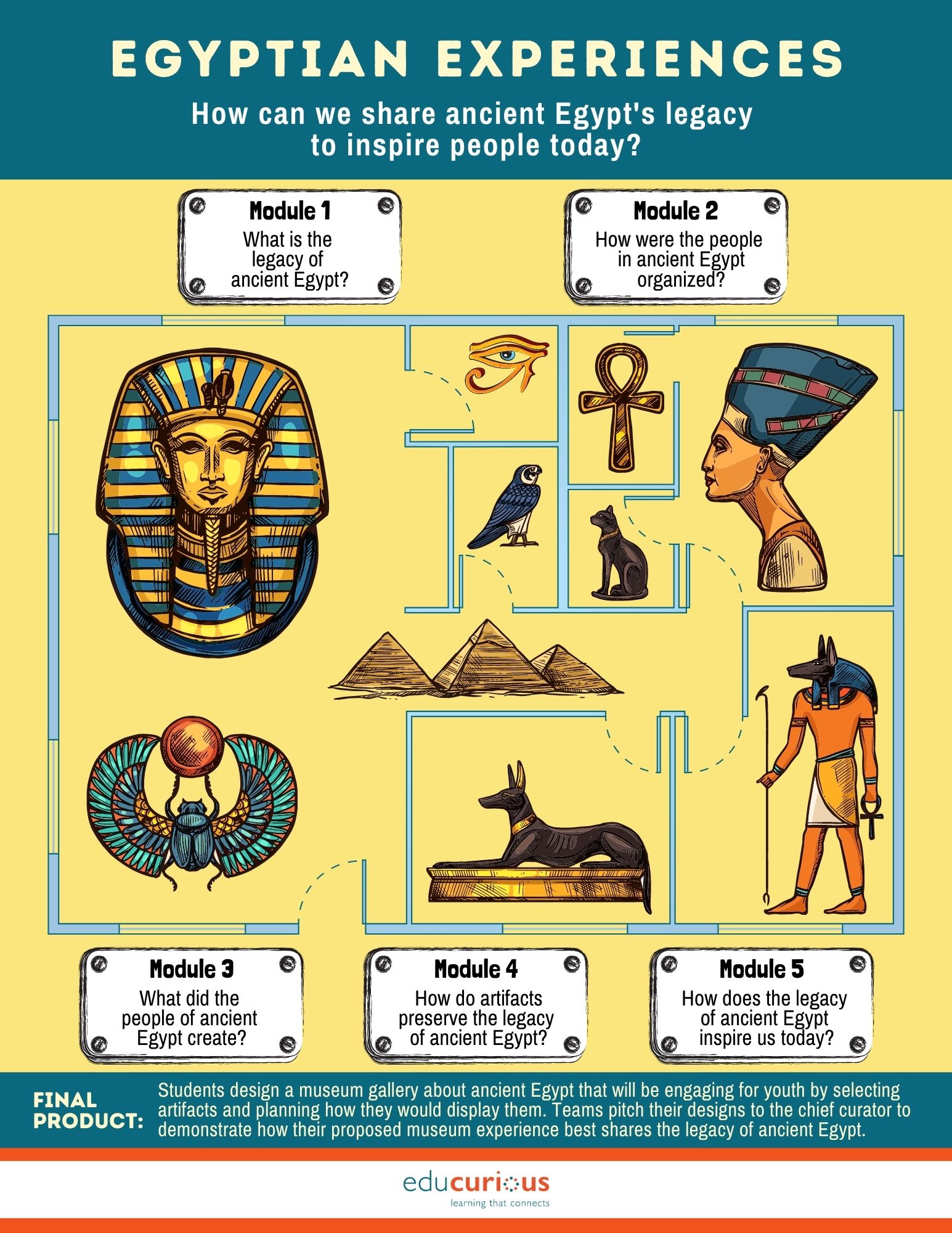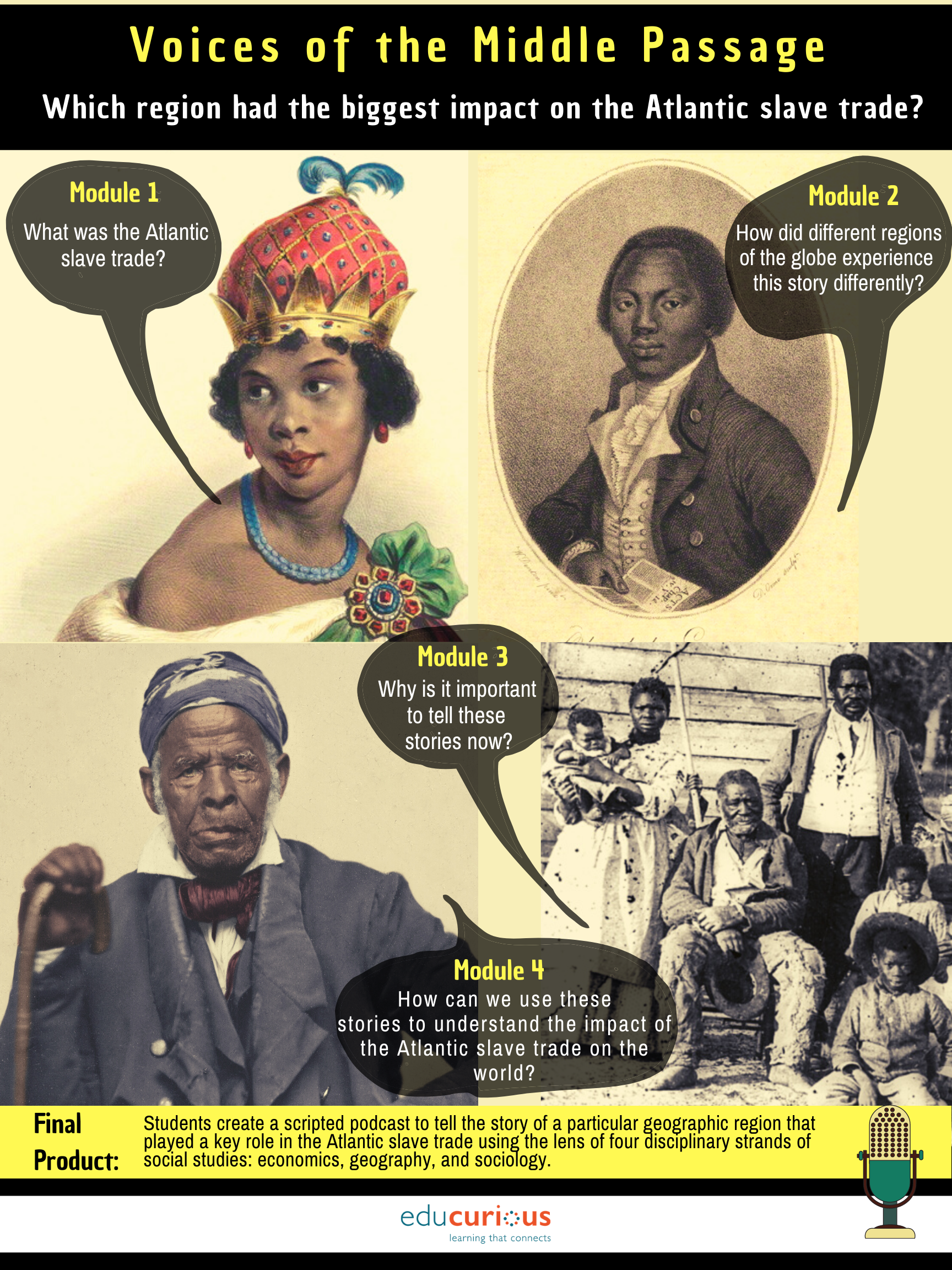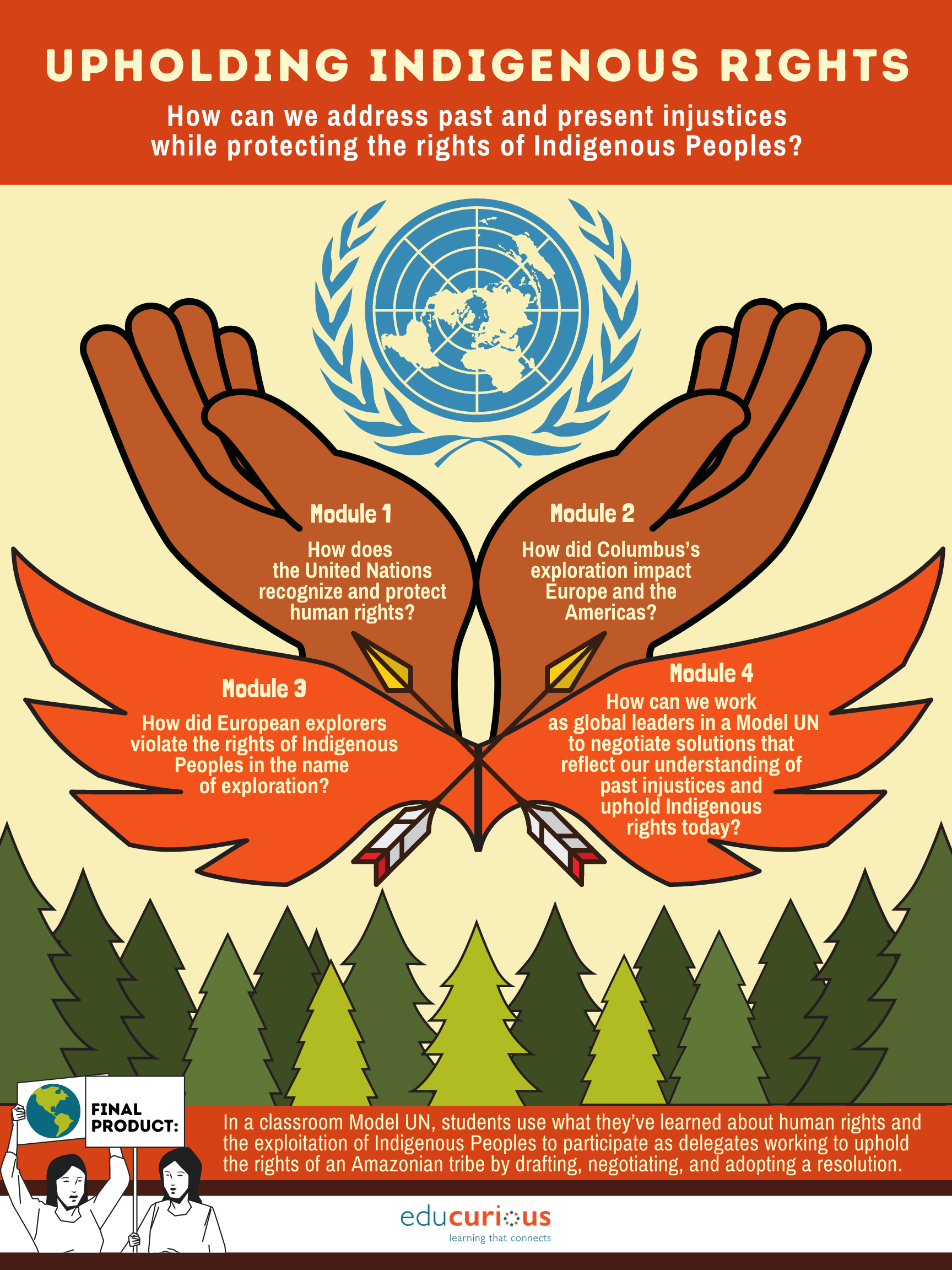Topic 9: Untold Stories of the Revolution
Why is it important to tell untold stories of American history?
To understand the importance of multiple perspectives when interpreting an event and making informed decisions, students study a disruption at a high school basketball game with the lens of a historian. Students then apply that approach to the events of the American Revolution to help them identify the told and untold stories of colonialists, women, African Americans, and Native Americans. Students explore how historical stories can evolve and change based on perspective and bias as they develop an answer to the question: Why is it important to tell untold stories of American history? Throughout the unit, students apply and strengthen their social studies skills, including sourcing, contextualizing, corroborating, and close reading as they research lesser-known stories from the American Revolution. Working in teams, students use primary and secondary sources to create an original podcast that highlights multiple perspectives and deepens understanding of this pivotal period in history.


